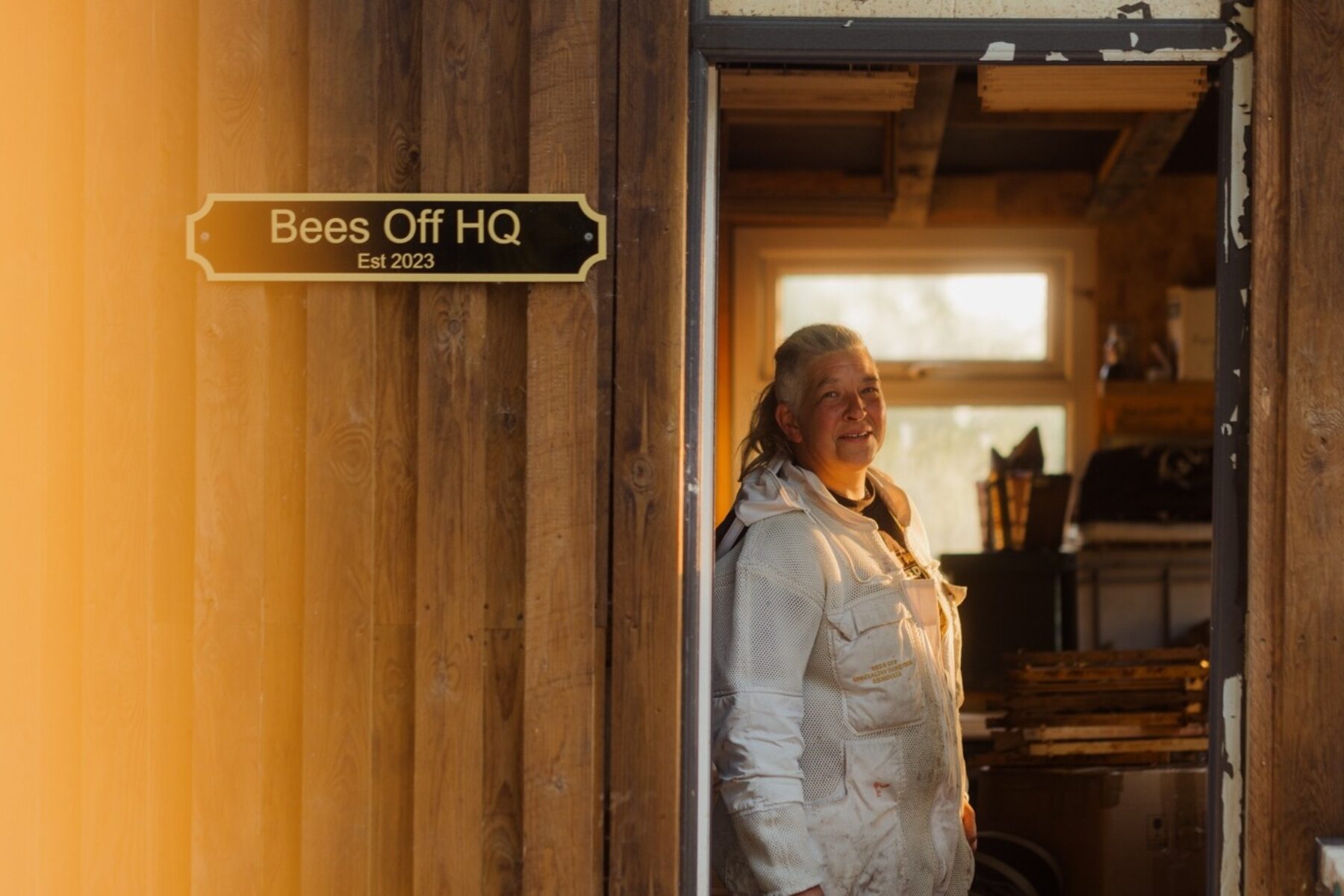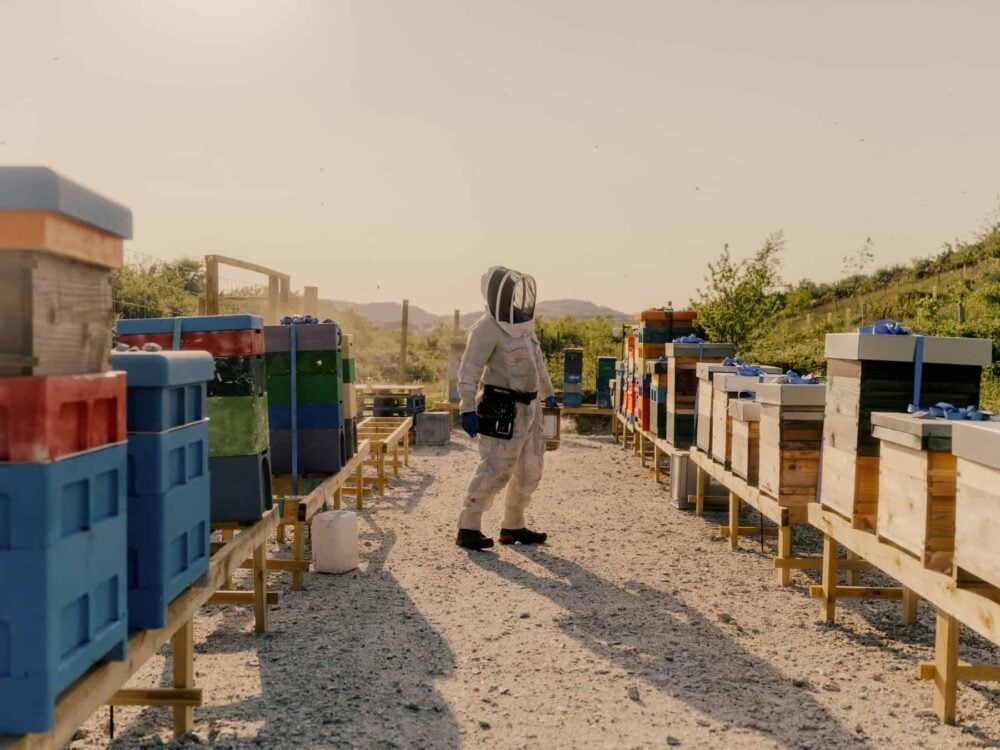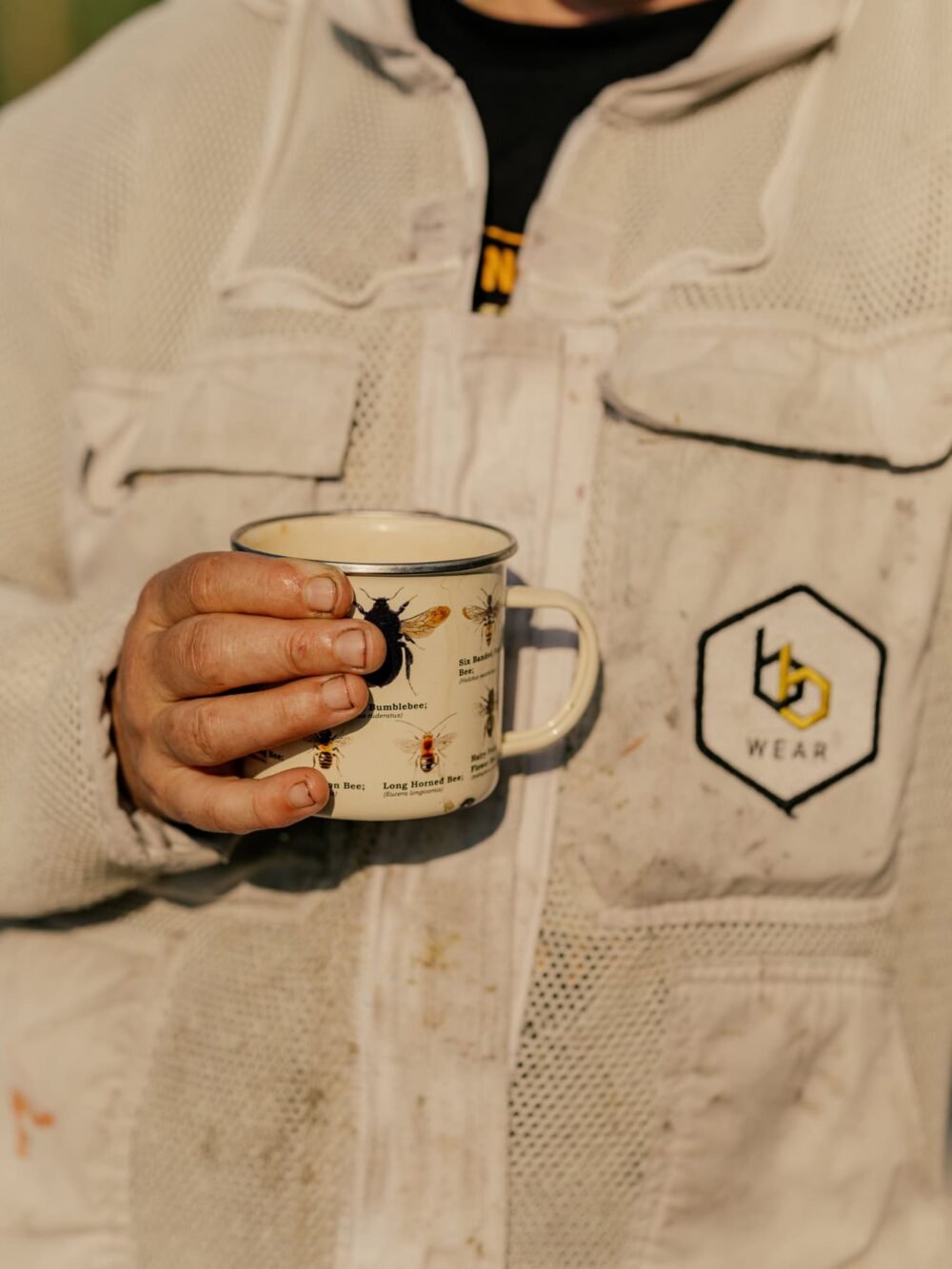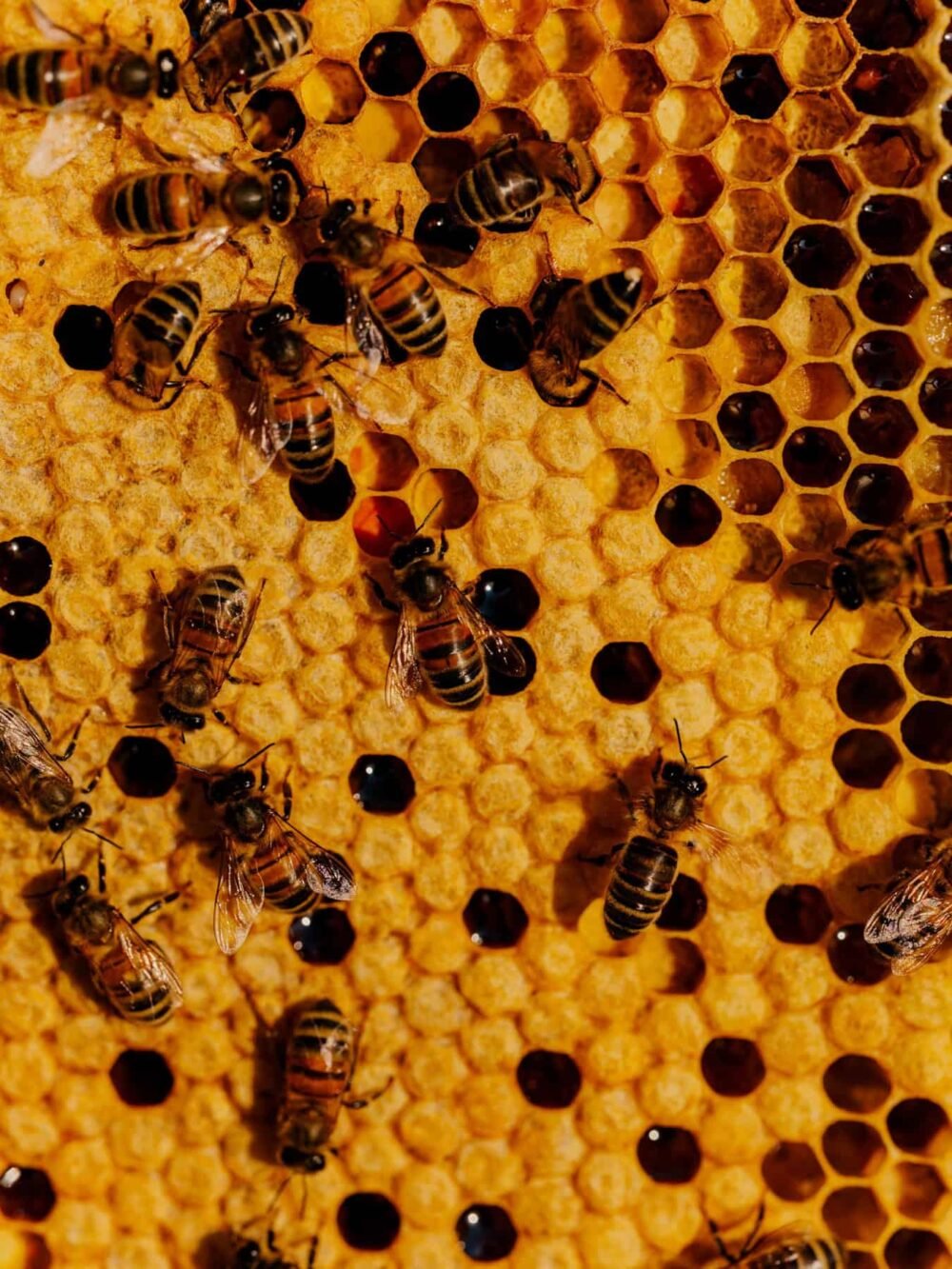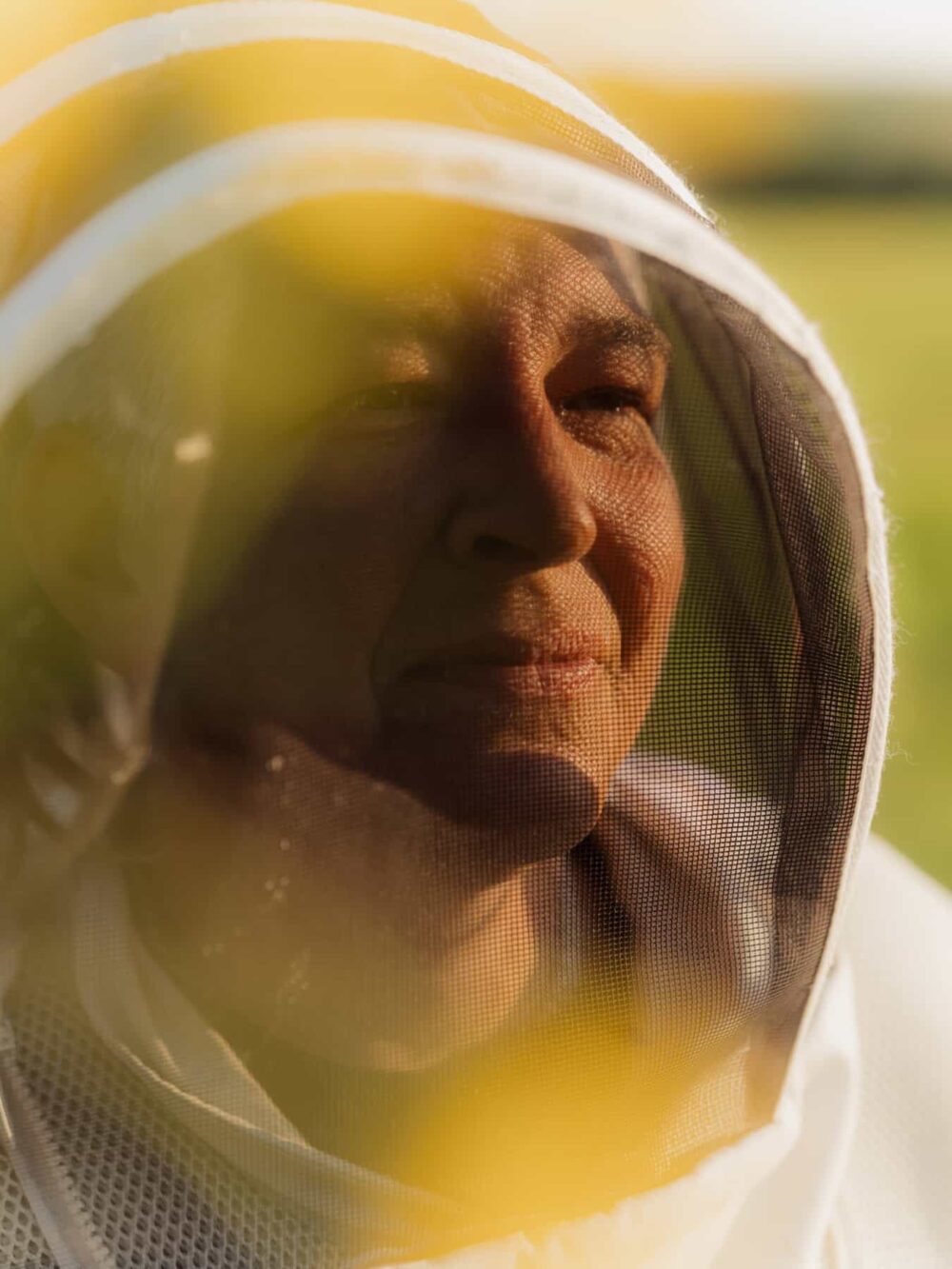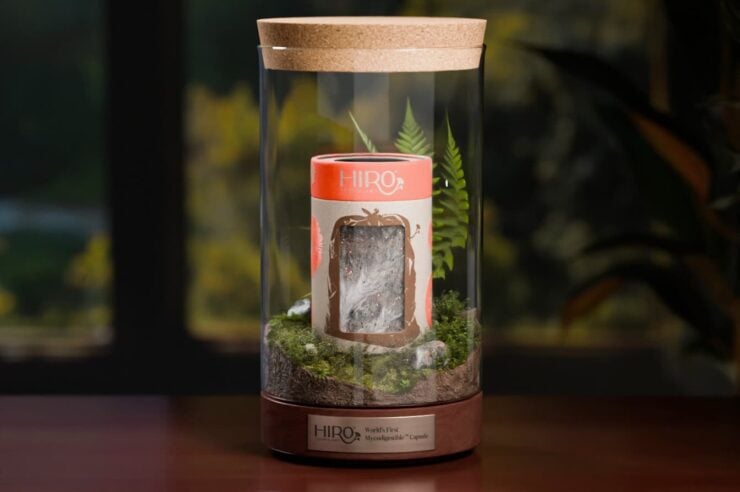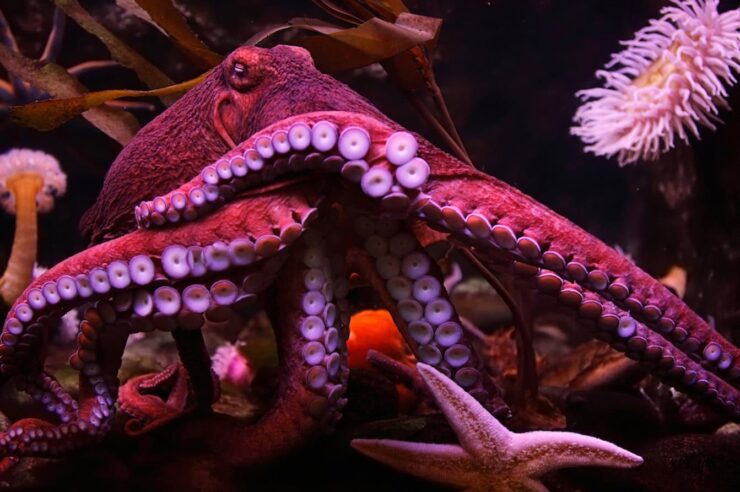Molly Earl rescues swarms of bees destined for extermination. Her reward? Buckets of golden honey so good, it’s won awards
Molly Earl was “just a nipper” when she started catching honey bee swarms with her dad, an amateur beekeeper, armed with nothing but a cardboard box.
“Sometimes, if I was lucky, I’d get a sheet to put over the box,” she laughs.
As an adult she took up beekeeping herself as a hobby, collecting unwanted swarms as a way of building up her numbers. But with many settling high up in buildings, she was unable to remove them without the necessary insurance or equipment.
Wanting to protect these important pollinators – which would otherwise be at risk of being poisoned by pest controllers – Earl set up Bees Off, a bee removal company. She and her part-time team of five, including a builder, travel around Cornwall to save honeybees. Since 2020, she has established 250 rescued hives around St Austell.
Bees swarm when a colony grows and splits in two. “To live in a tree cavity, they need about 70 litres of space,” Earl explains. “But there aren’t many trees with that kind of space available, so inevitably they move towards chimneys or roof spaces.”
Initially she was alerted to swarms through Facebook posts and her local beekeeping group. But as awareness of her business and the plight of bees has grown, Earl is increasingly passed work by pest controllers who would rather bees are removed alive.
She begins by identifying the colony’s location using thermal and probe cameras. Earl carefully removes tiles or chimney pots, and uses a ‘bee vac’ to gently suck the bees into a box. She cuts the comb with eggs and larvae inside to transfer it into the new hive, and keeps the nectar to feed back to the bees.
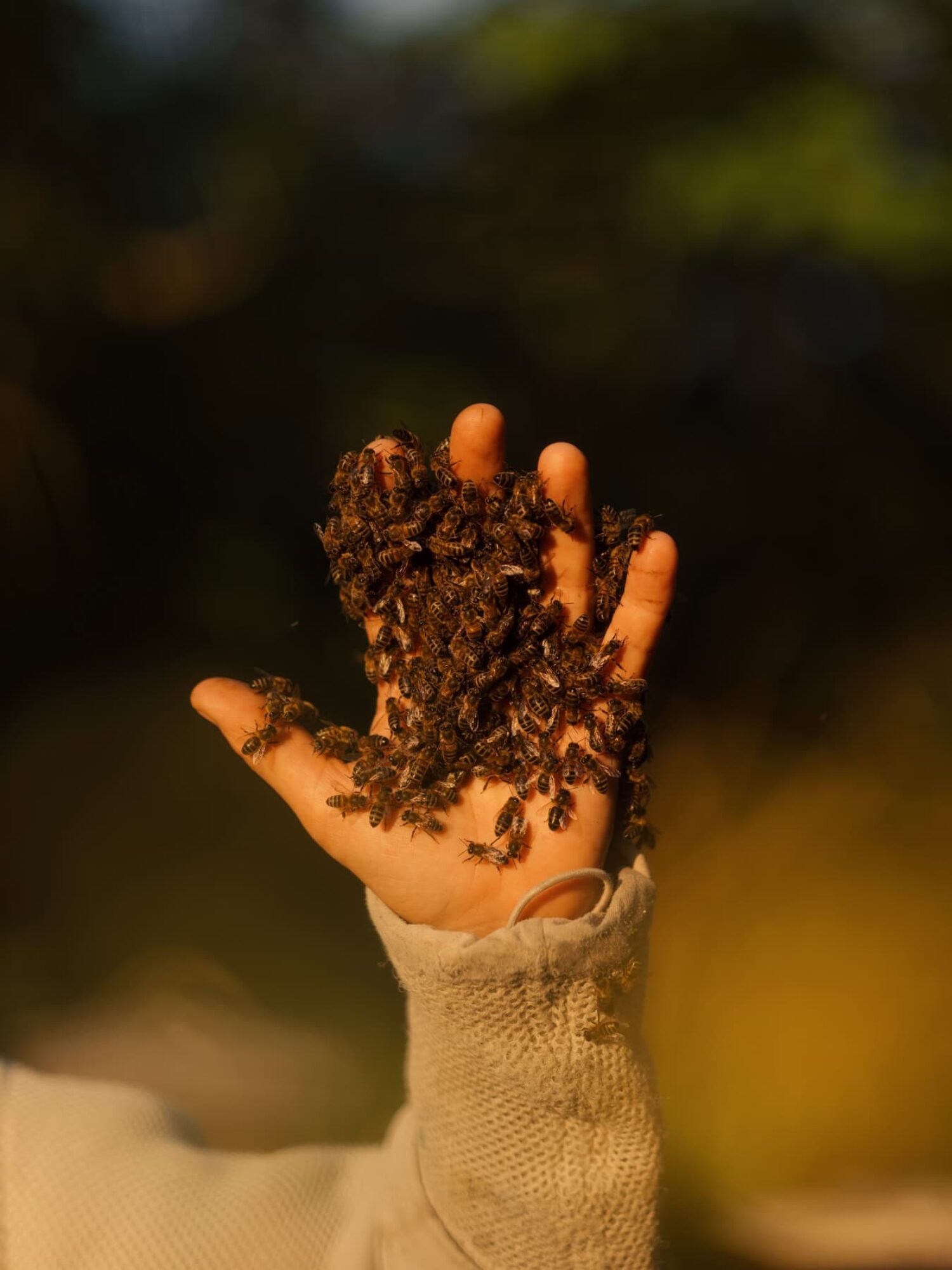
After first learning to catch swarms as a child, Molly Earl now leads complex rescues to save honey bees from extermination
After carrying out any repairs, Earl moves the bees to her quarantine site, where she checks and treats for diseases or pests. When the colony is healthy, she relocates it to one of her apiaries.
Some more unusual rescue locations so far include a hot tub pump and the ceiling of an electricity substation, where the team worked in four-hour stints around a backup generator. But for Earl, the rescue is the “smallest part”. “It’s all about the aftercare and making sure the colony is healthy and strong,” she says.
As a result of her efforts, the survival rate of her bees is an impressive 98%.
After establishing 70 hives on her dad’s farm, she needed to find more space. “I started to look on Google Earth for pockets of nature,” she recalls.
She approached Imerys, a mineral supplier, which mines China clay and is restoring former quarries in Cornwall.
Environmental manager Peter Sawford welcomed Earl’s proposal, and last year she set up 12 hives on a quiet grassy area at Par docks, which backs on to woodland. She is currently setting up more hives on a replanted quarry site.
“It’s not just benefiting the bees, the site or Molly – the whole community benefits,” says Sawford.
Earl now has 10 hives by a power station and 10 at an incinerator. “The main apiary down at the farm is what most people would imagine an apiary to be,” she acknowledges, a remote rural location, surrounded by fields.“But bees don’t need acres and acres of monocrops. What they really want is scrubland and hedgerows.”
Analysis of her honey by the National Honey Monitoring Scheme, which reveals the plants a hive has been foraging on, supports her belief in these overlooked spaces. “Plantain is just a ‘weed’: you find it growing through the cracks in a patio, for example,” she says. “The analysis showed it was in the top three plants. And 86% of the pollen was from blackberry. There’s always something to learn about bees, and that’s what I like.”
As well as offering good foraging, the sites are secure and away from people – important criteria for Earl. But they do pose challenges. “You have to micromanage them more than an apiary in a field in the middle of nowhere. Because if they did swarm, they could get into a place where it would be a real pain to deal with.”
Earl says anyone spotting a honeybee swarm should contact the British Beekeepers Association.
Would the bees be better left wild? She points out there are not enough spaces in trees for bees to make their homes in. “Living naturally is not a reality, unfortunately,” she says, although she is experimenting with new hives that more closely mimic their natural habitat.
Last year, Earl launched The Rescued Bee honey, which she sells at markets for £10 per lb. It recently won a Gold Taste of the West award. “People love it,” she says of the finely filtered, hedgerow honey. “To take bees from a place where they were likely to die out or be poisoned, to get them up to full strength, and then to have proper honey– it doesn’t get better, does it?”
Photography: Jenna Foxton
Be part of the solution
Positive News is helping more people than ever to get a balanced and uplifting view of the world. While doom and gloom dominates other news outlets, our solutions journalism exists to support your wellbeing and empower you to make a difference towards a better future.
But our reporting has a cost and, as an independent, not-for-profit media organisation, we rely on the financial backing of our readers. If you value what we do and can afford to, please get behind our team with a regular or one-off contribution.
Give once from just £1, or join 1,500+ others who contribute an average of £3 or more per month. You’ll be directly funding the production and sharing of our stories – helping our solutions journalism to benefit many more people.
Join our community today, and together, we’ll change the news for good.
